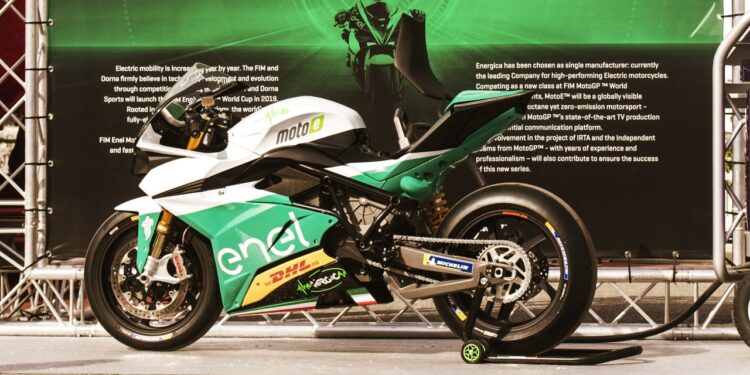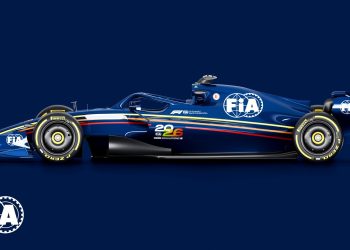This weekend, at the Marco Simoncelli International Circuit in Misano, will decide the winner of the MotoE World Cup 2021. The Italian track enters the category of demanding on brakes. On a scale of one to five, it has a difficulty rating of three.
According to Brembo, a world leader and recognized innovator in disc brake technology, whose technicians assist MotoGP and MotoE riders, the track is among the most brake-demanding.
The sixteen corners of the stage correspond to twelve braking sections, each one different from the other. During a complete lap, MotoGP bikes use their brakes for 31 seconds, while Superbikes use their brakes for 28.5 seconds and MotoE for 30.4 seconds.
Related content: Smart Bike from Bosch: Impressive Technology and Increased Autonomy for Electric Bicycles
Among the twelve segments where you have to use brake tools to slow down, three are considered very hard, three are medium obstacles and the remaining six are light. The three most challenging corners are 1, 4 and 8, Brembo explains.
Braking at the eighth hairpin is the most difficult on the track: in MotoGP, they brake from 268 km/h to 79 km/h in 4.7 seconds during which they travel 209 meters. In MotoE, they start braking at 228.1 km/h to a speed of 72.5 km/h, covering 185 meters in 4.6 seconds.
The braking time is the same in practice between MotoGP and MotoE, but what changes is the maximum deceleration, where MotoGP reaches 1.5 g due to Carbon brakes, Superbike and MotoE reach 1.3 g maximum.
The MotoE Braking System
The braking structure of the electric category is derived from MotoGP and Superbike and adapted for use on the Ego Corsa. The discs are of the “T-Drive” type in steel, while calipers are from the GP4-PR. The front discs have a 336 mm diameter and 7.1 mm thickness with a setup designed specifically for MotoE.
The front caliper is monobloc aluminum GP4-PR model machined from solid. It is the caliper already used with steel discs in the MotoGP championship until the 2017 season, when such discs were used in case of wet races. It has 4 titanium pistons with differentiated diameters of 32-36 mm and it is driven by a radial pump with a 19 mm diameter and 18 mm clearance.
Undoubtedly, brakes will be a key aspect for defining the tournament from September 17 to 19, and teams and drivers will have to take this variable into account to fine-tune their strategy.
Written by I Jhonattan González




















